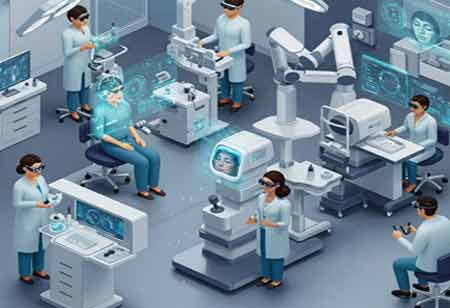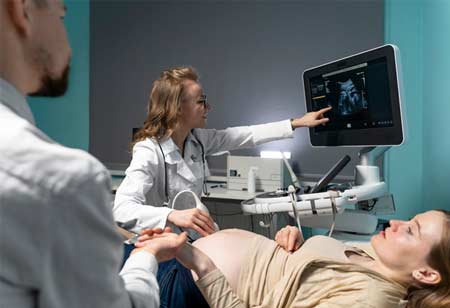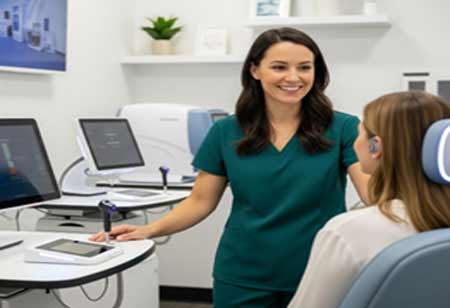Next-Gen Eye Care: Trends Enhancing Diagnosis and Treatment in Europe
Advancements in eye care are improving diagnosis and treatment, leading to better patient outcomes and promising future discoveries.

By
Medical Care Review | Monday, May 12, 2025
Stay on top of your health and well-being with exclusive feature stories on the top medical clinics and treatment centers, expert insights and the latest news delivered straight to your inbox. Subscribe today.
Fremont, CA: Eye care has significantly advanced in recent years, improving diagnosis, treatment, and patient outcomes. As technology advances, eye care professionals in Europe are better equipped to address various conditions, from common refractive errors to complex ocular diseases. One of the most impactful advancements in eye care has been the development of advanced diagnostic tools. Traditional eye exams often relied on basic techniques, but modern ophthalmology has embraced high-tech imaging systems that provide detailed insights into eye health.
Optical coherence tomography (OCT) technology allows for non-invasive, cross-sectional retina imaging, enabling early detection of diseases such as glaucoma and macular degeneration. AI systems are being integrated into diagnostic procedures. These AI algorithms can analyse images and data to identify potential issues that human observers may miss. By enhancing the accuracy and efficiency of diagnoses, these technologies help eye care professionals make timely treatment decisions, ultimately improving patient outcomes.
Breakthroughs in Treatment Options
There have also been remarkable advancements in treatment options for various eye conditions. One significant development is in the area of myopia control. With the prevalence of nearsightedness rising globally, new methods such as orthokeratology (using specialised contact lenses to reshape the cornea) and pharmacological interventions (like atropine eye drops) are becoming increasingly popular to slow myopia progression in children.
Furthermore, the field of cataract surgery has seen revolutionary changes with the introduction of femtosecond laser technology. This minimally invasive approach allows for a more precise and safer procedure, significantly reducing patient recovery time. Similarly, advancements in intraocular lens (IOL) options, such as multifocal and accommodating lenses, provide patients with better vision at multiple distances, enhancing their quality of life after surgery.
Embracing Telemedicine in Eye Care
Tele-optometry allows patients to receive eye care consultations remotely, enhancing access to essential services for individuals residing in rural areas. This innovative approach can significantly improve patient outcomes by bridging the gap in healthcare accessibility. Using secure video conferencing technology, eye care professionals can conduct initial assessments and follow-up appointments, ensuring patients can receive care without the need to visit a clinic physically. Moreover, telehealth platforms are increasingly incorporating vision tests that patients can complete at home, enabling the monitoring of chronic conditions such as diabetic retinopathy.







